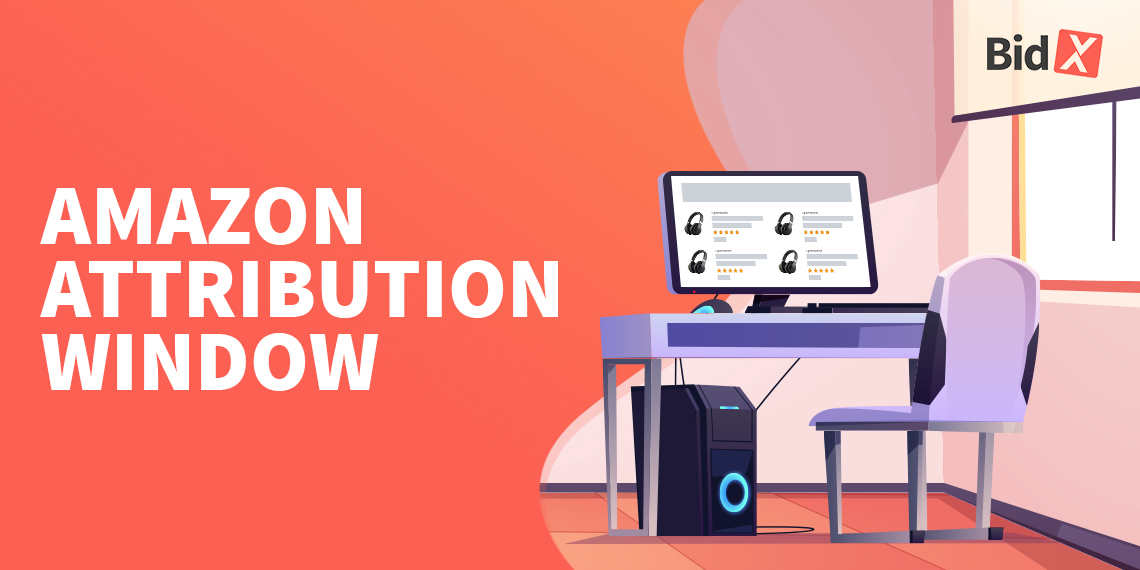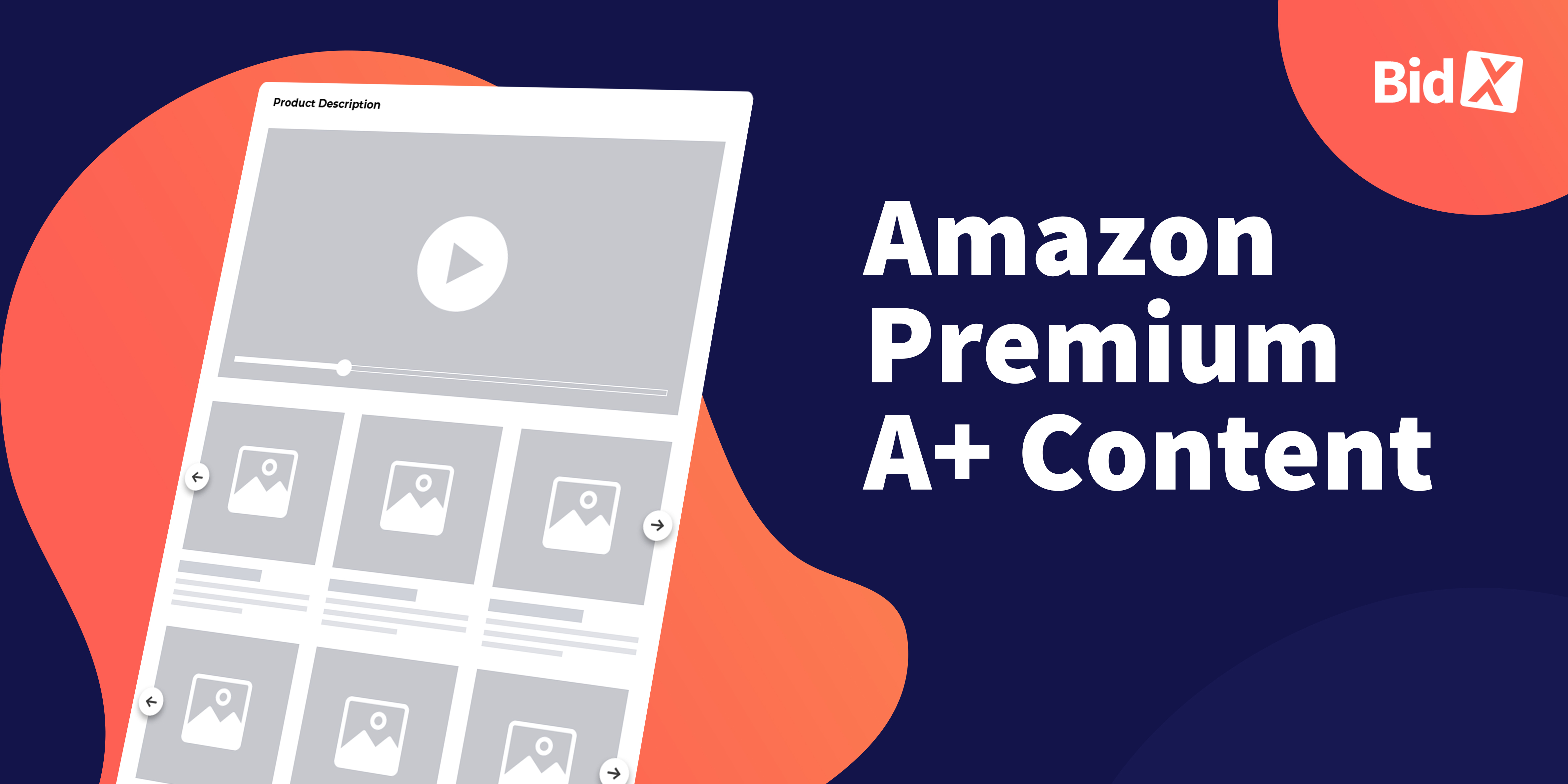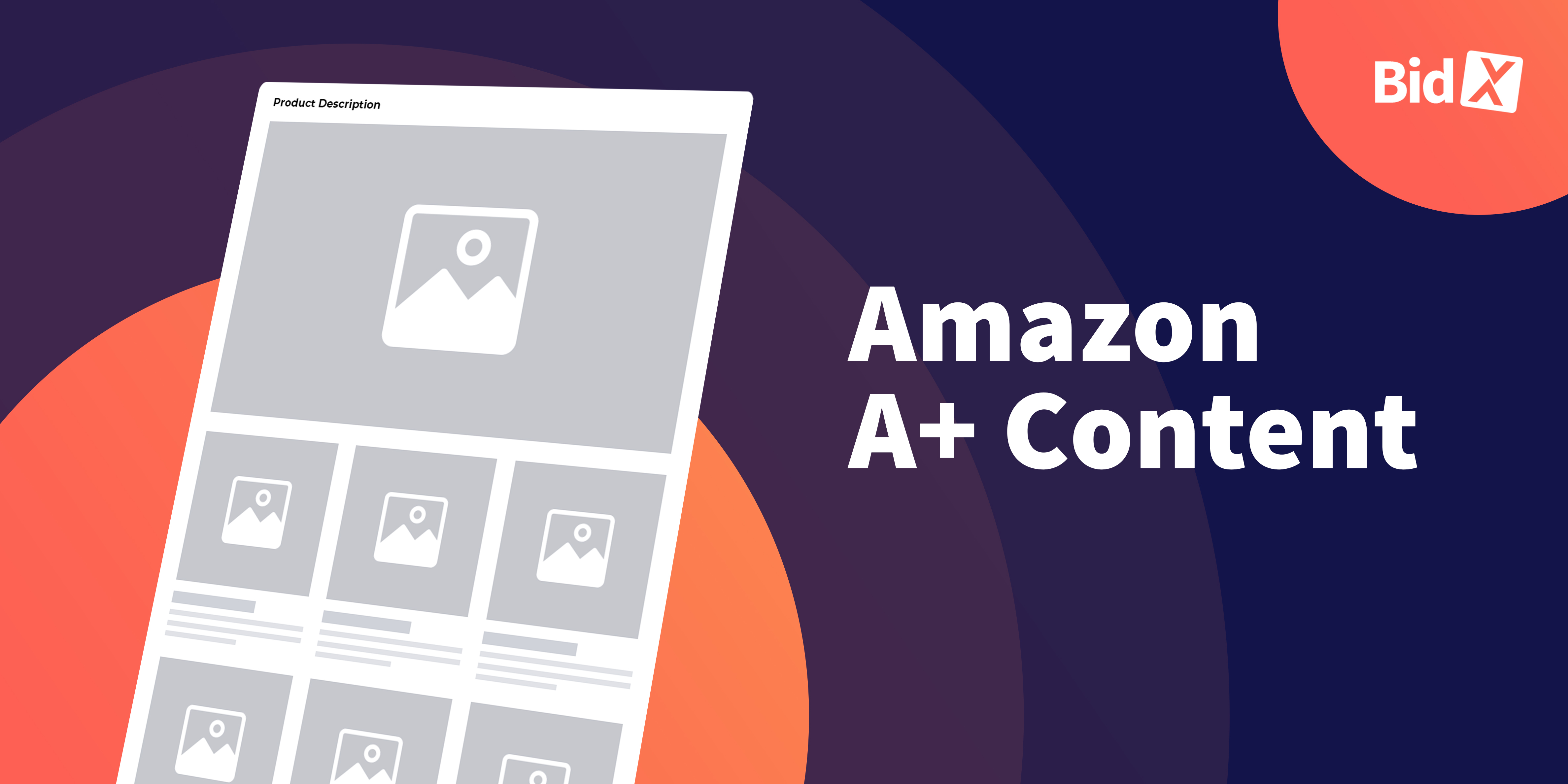What is the Amazon Attribution Window and what is its impact?
Instant gratification is a part of our everyday lives nowadays, it seems.
We expect to view the calories we’ve burned and the distance we’ve run on our smartphones as soon as we’ve finished working out. When we go to the supermarket, thanks to on-time deliveries, we can choose from only the freshest of foods.
But not everything good in life results from instant gratification ― wine and whisky improve when you have a little patience and let them mature.
This post argues that the data you get from your Amazon analytics is no different. Yes, it can be tempting to watch your ad campaigns’ clicks and conversions like a hawk and tweak the inputs in real-time.
But to get the best results, you need to leave them to settle for a little while.
Why?
It’s all to do with the Amazon Attribution window.
What is the Amazon Attribution Window?
The information in your Amazon analytics dashboard does not appear in real-time. There is a delay in the time it takes Amazon to attribute a specific ad click to a product sale. Then, another short period before it registers in your analytics reports.
So why are there delays? And what is the reason for the delays?
Amazon purposely designed their system this way due to the shopping habits of the average online shopper. While it would be nice if a shopper clicked your ad then bought a product immediately, that’s not how people shop online.
They see an ad for something they like, click through to the product details, look at the pictures, and (maybe) read the product description. At this point, it can take some time before they decide to complete the purchase.
They might be researching alternative products on Amazon, waiting for their wages to hit their account, or need to walk the dog! Whatever the reason, many people don’t buy a product immediately after clicking an ad.
In fact, only 1 in 5 conversions happens within 24 hours of an ad click.
There can be several days between a shopper clicking a PPC ad and completing a purchase. To correctly attribute a sale to a campaign, Amazon waits as much as 14 days from an ad click to see if it leads to a sale.
This period is called the attribution window.
Here’s an example of how it might work:
- A shopper clicks on your advert on a Monday.
- They like your product but want to consider some alternatives.
- On Friday, they finally decide that your product is the one they want to buy, so they complete the transaction.
- Amazon registers the transaction as a conversion against the ad clicked back on Monday.
Now, had you looked at optimizing your campaign on Wednesday, you may have concluded that it was underperforming and decided to change bids or pause it altogether. When, in reality, the campaign is performing acceptably, so you will lose out on future sales.
A quick point to note and complicate matters further; Amazon has a new advertising and analytics measurement solution called Amazon Attribution. The service is for sellers to gain insight into non-Amazon advertising sources, like Facebook.
The Amazon attribution window is different from this new service and only relates to Amazon PPC advertising data reporting.
We offer you a solution for this problem. With our tool, your bids are only adjusted when a meaningful data basis is available. Thus, a meaningful optimization of your advertising campaigns is guaranteed. Convince yourself!
How long does it take to attribute a click to a sale?
Two different time delays occur in the Amazon attribution window; let’s look briefly at both of them.
The first delay is the ad click attribution. Amazon chooses to use what’s called last-click attribution. This means that if you have more than one ad campaign running for the same product, the ad that received the most recent click will be attributed as the one that got you the sale.
The length of time Amazon uses for attribution depends on the type of PPC ad you are running:
- For a Sponsored Product PPC campaign, the attribution window is 7 days.
- For a Sponsored Brand PPC campaign, the attribution window is 14 days.
For most small sellers, these are the two attribution windows you need to take into account. There is an additional complication of HALO sales. This is where a shopper clicks on an ad for one of your products but buys another item instead from your brand’s range.
How often the HALO effect comes into effect depends, among other things, on the products offered by the company in question. In some of our customers' campaigns, approx. 50% of the sales were generated via ASINs other than the one clicked on.
It’s also worth noting that for Amazon Vendors using the Advertising Console (different from the third-party FBA sellers using Amazon Seller Central), Sponsored Product Ads also have a 14-day attribution window.
The second delay is the time it takes for Amazon to register and display the conversion in your analytics.
There can be a 12-hour delay from Amazon making the connection and then displaying it in your analytics for attribution data. Similarly, if a shopper cancels a sale or Amazon determines a click on your ad was accidental or invalid, it can take 72 hours for this action to be removed from your data.
What’s the impact of the attribution window, and what does BidX recommend?
The main impact of the time delay caused by the Amazon attribution window is that you can’t rush to judgment when optimizing your campaigns.
Quantifying ACoS (Advertising Cost of Sale) is an essential activity for sellers paying for PPC advertising on the Amazon platform. Intense competition and ever lower profit margins mean that sellers want to get the best return on their advertising budgets.
But if you look at your data too early, you may end up making hasty decisions about your advertising that ultimately works against you. So try to avoid the temptation to tweak and adjust your campaigns every day.
Instead, you should have a little patience and give Amazon the time to attribute sales correctly and then show it in your analytics. At the very least, you should wait a couple of days before adjusting your campaigns. To get the best results, look at a much longer data range. At BidX, we recommend to get a true reflection of your advertising performance, you should wait for all click data to be attributed.
But there is no rule of thumb for how long you should wait exactly to make adjustments. This depends, among other things, on your advertising goals and the current performance of the corresponding campaign. Basically, we recommend waiting until the seventh day after the observation period before making adjustments if the difference from the target ACoS on the day of observation is rather small. There will be a high probability that sales will still be attributed retroactively, which will let you reach your target.
Interesting: We have noticed in some of our clients' campaigns that up to 50% of the sales were received only between the third and the seventh day after the ad click.
For example, if you wanted to review your Sponsored Product ads click data for February, you should ideally wait until at least the 7th of March. This will get you data that is as close to reality as possible while still giving you time to react to campaign performance.
The situation is different if your campaign is losing a lot of traffic and you see, for example, that your ACoS is well above 100% after only two days. In this case, be sure to check your search results reports and adjust bids and keywords accordingly.
Tip: When analysing your data and making adjustments to bids and keywords, don’t forget to consider important shopping holidays like Valentine’s and Cyber Monday. On these days, people don’t shop using average every-day behavior, so make an allowance for the impact it will have on your data.
Now, just to complicate things a little further. This article only relates to Sponsored Product Ads and Sponsored Brand Ads’ attribution window as it relates to Seller Central ― see it as a general introductory overview. Sponsored Display advertising and Amazon DSP is a whole other ball game, and click attribution on this platform is an entire other article that will follow within the next months.
But if you sell as a seller or vendor on Amazon, why not let BidX’s automated Amazon PPC advertising solution do all the hard work for you? Our machine learning algorithms have the patience and capabilities to assess only statistically significant conversion data, taking attribution windows into account before making any campaign changes.
It’s fully automated Amazon advertising; try it for free today.








